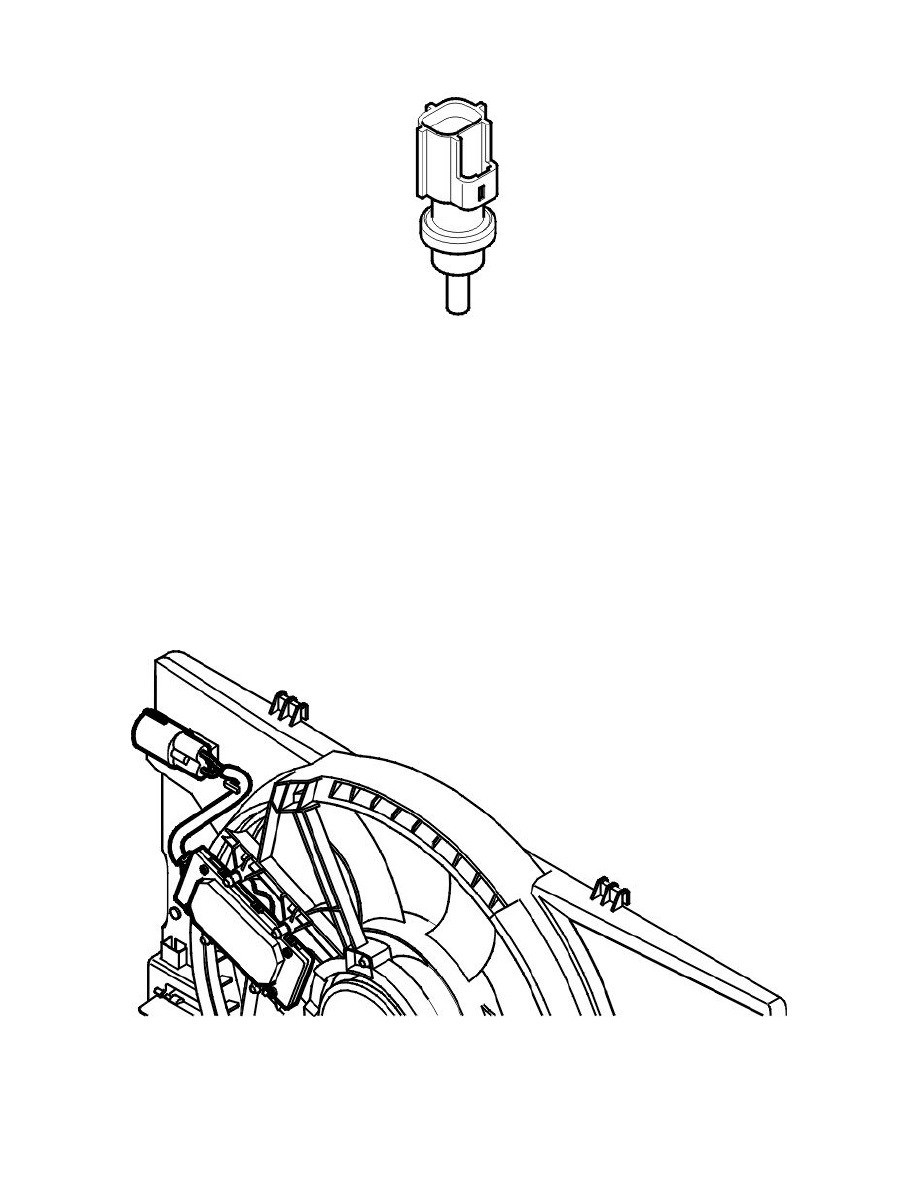V50 AWD L5-2.5L Turbo VIN 68 B5254T3 (2005)

Engine coolant temperature (ECT) sensor
The engine coolant temperature (ECT) sensor checks the temperature of the engine coolant. The temperature of the engine coolant is required so that the
engine control module (ECM) can regulate:
-
the injection period
-
the idle speed
-
the engine cooling fan (FC)
-
the ignition advance
-
engagement and disengagement of the A/C compressor
-
diagnostic functions.
The sensor is a negative temperature coefficient (NTC) type which is supplied with power from the control module (signal) and is grounded in the
control module.
The resistance in the sensor changes depending on the temperature of the coolant. Depending on the resistance in the sensor, a voltage (signal) is
transmitted to the Engine Control Module (ECM). At 0 °C, the voltage is approximately 4.0 V. At 100 °C the voltage is approximately 0.5 V. Low
temperature results in high voltage (high resistance), high temperature in low voltage (low resistance).
The engine coolant temperature (ECT) sensor is located beside the thermostat.
The engine control module (ECM) can diagnose the engine coolant temperature sensor. The sensor value can be read off using VIDA.
Engine cooling fan (FC) / engine cooling fan (FC) control module
Note! The engine cooling fan may have a post-run of up to approx. 6 minutes after the engine has been turned off. The time for the fan's
post-run depends on engine temperature, temperature in the engine compartment and pressure level in the AC-system.
Warning! Be careful since the engine cooling fan may have a post-run after the engine has been turned off.
The engine cooling fan (FC) has two functions. One is to cool the engine compartment, the other is to cool the condenser when the air conditioning (A/C)
